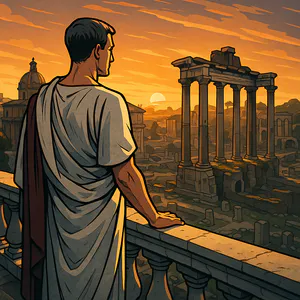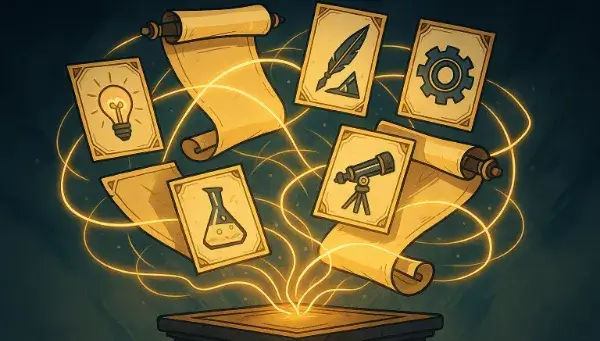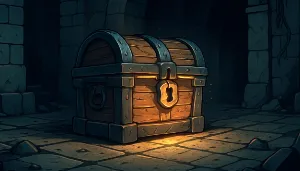Generate old Roman names
More Real Name Generators- <% result.name %>
Discover all Story Shack apps
Discover the Legacy of Ancient Names
Unravel the rich tapestry of history with our Old Roman Name Generator. Use these thought-provoking questions to inspire your character creation and immerse yourself in the grandeur of ancient Rome.
- What qualities or traits do you want your character's name to reflect?
- How does the name connect to your character's social status or profession in Roman society?
- What historical figures or legends might influence the name you choose?
- How does the name resonate with your character's personal journey or transformation?
- What cultural or familial significance does the name hold in the context of your story?
Frequently Asked Questions
Explore the answers to common inquiries about the Old Roman Name Generator and how it can enrich your storytelling experience.
How does the Old Roman Name Generator work?
It randomly combines elements from ancient Roman naming conventions to produce unique names with each click.
Can I specify the type of name I want?
Currently, the generator does not accept custom input; however, you can generate names until you find one that fits your character perfectly.
Are the names truly unique?
The names are generated randomly, providing a diverse array of options. With unlimited clicks, you’ll discover many distinct names, though some may share similarities.
How many names can I generate?
You can generate an unlimited number of names; simply click 'Generate' as many times as you wish.
How do I save my favorite names?
You can easily copy a name by clicking on it, or use the heart icon to save it for future reference.
What are good old Roman names?
There's thousands of random old Roman names in this generator. Here are some samples to start:
- Artemisius Licinus
- Philomenus Murena
- Neoptolemus Sabinus
- Verissimus Fulvianus
- Arsenius Asiagenus
- Brigitta Hispaniensis
- Alexina Praeconinus
- Thyra Dives
- Calista Murena
- Hyacintha Maximus
About the creator
All idea generators and writing tools on The Story Shack are carefully crafted by storyteller and developer Martin Hooijmans. During the day I work on tech solutions. In my free hours I love diving into stories, be it reading, writing, gaming, roleplaying, you name it, I probably enjoy it. The Story Shack is my way of giving back to the global storytelling community. It's a huge creative outlet where I love bringing my ideas to life. Thanks for coming by, and if you enjoyed this tool, make sure you check out a few more!


























































